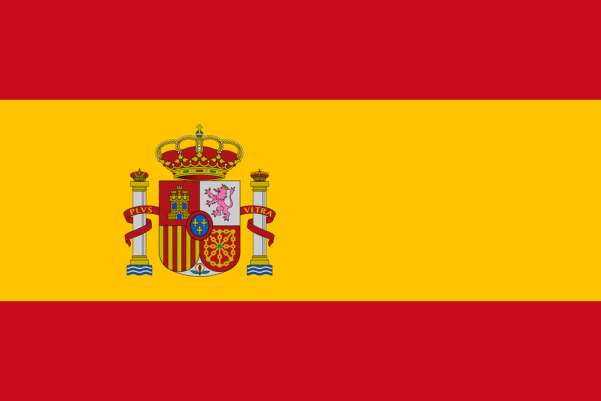Home to unrivalled diversity, Latin America is a melting pot of cultures
The countries that make up Latin America are as distinct from one another as the region is from other parts of the world. So, what unites them? In addition to geographical proximity and the Spanish language (with the exception of Portuguese in Brazil and French in Haiti), perhaps it’s the culture, the climate, the more relaxed outlook on life than European counterparts. There are a number of familiarities that unite them but, at the same time, many aspects that make them unique thanks to their historical context. This is, ultimately, the charm of Latin America.
With that in mind, we have prepared a broad overview of the “best of all things Latin”, with a particular focus on tourism, culture and gastronomy. With so many countries to choose from and so few pages, it won’t be possible to showcase everything at once, but we promise to profile each one in greater detail in future editions. Below are some of the highlights.
To give priority to our Latin neighbours, we will not include Brazil in this section. But worry not, if you want to find out more about this South American giant just browse any of the other editions of BBMag – Bossa Brazil Magazine printed or online.
Venezuela
Isla Margarita and the Los Roques archipelago, on the Caribbean side of the country, are among Venezuela’s most popular attractions. The colonial city of Mérida, which serves as a base for visits to the Sierra Nevada National Park, is certainly worth visiting. Not to mention Salto Ángel, the largest waterfall in the world, 979m high, which is the fall of the Churún River from the Auyantepui, in the State of Bolívar, close to the Brazil-Guyana border.
Crabollo pabellón is considered the national dish, made with white rice, black beans, plantains and shredded meat.

















